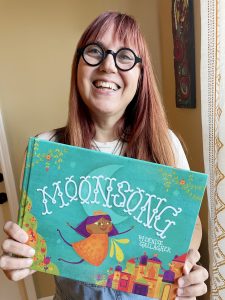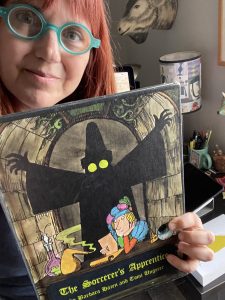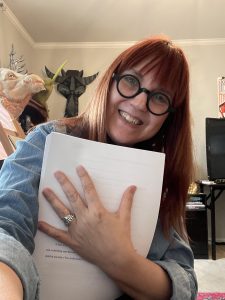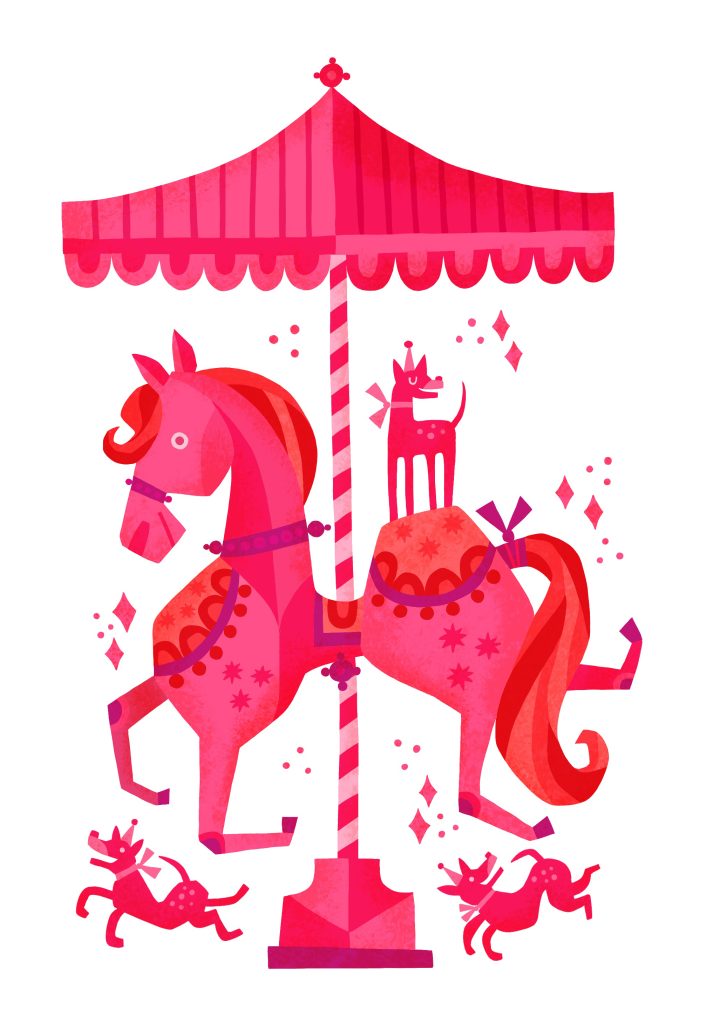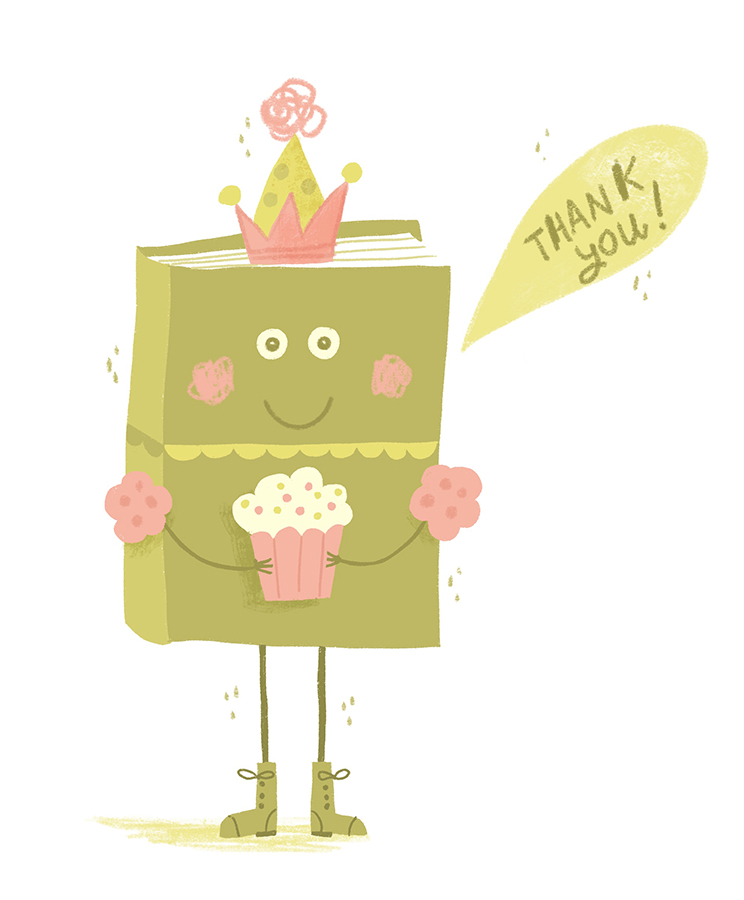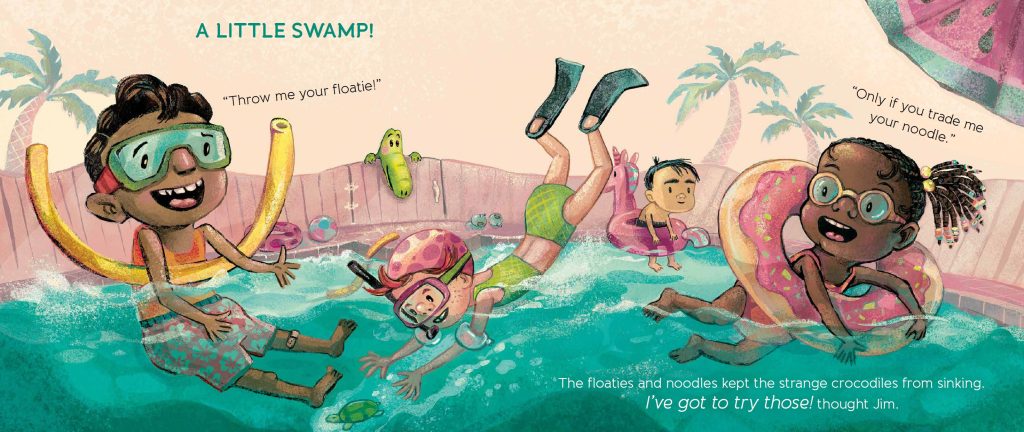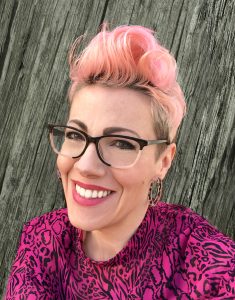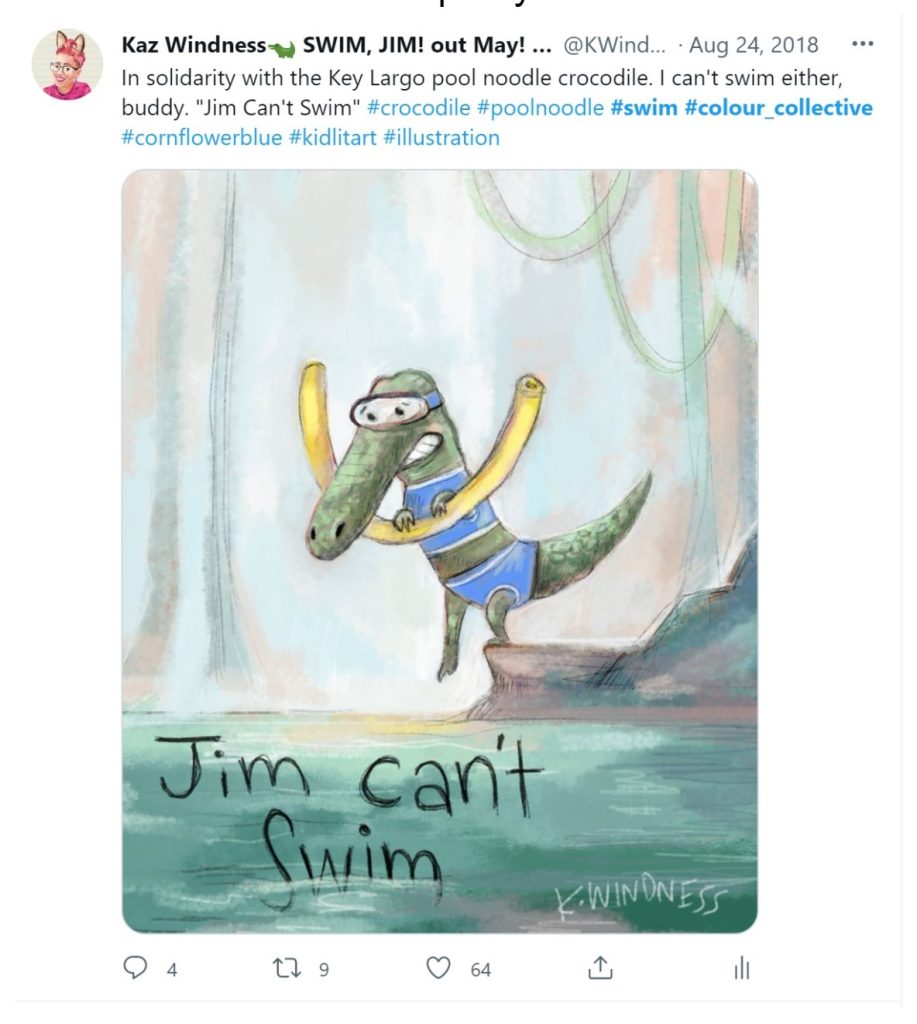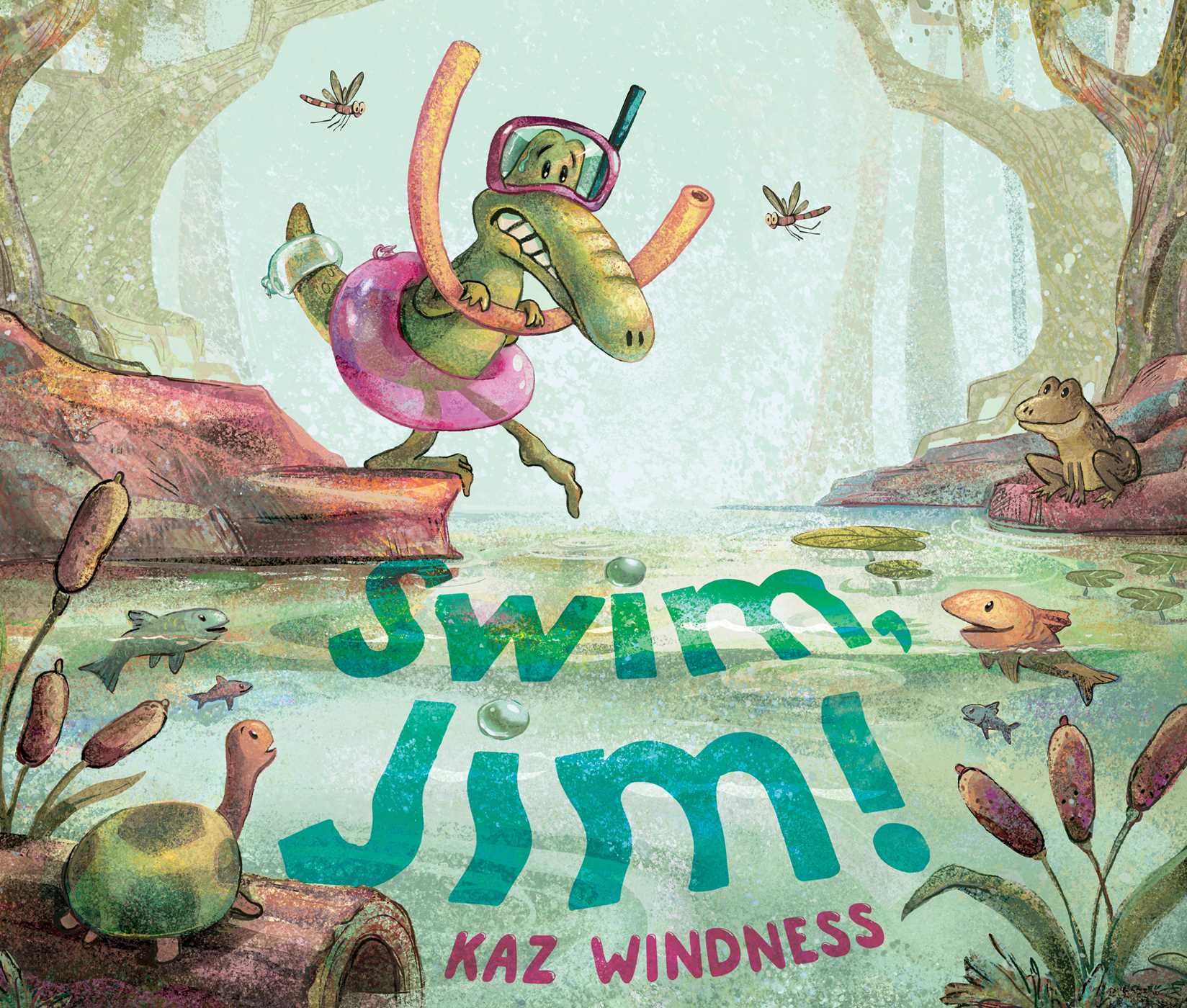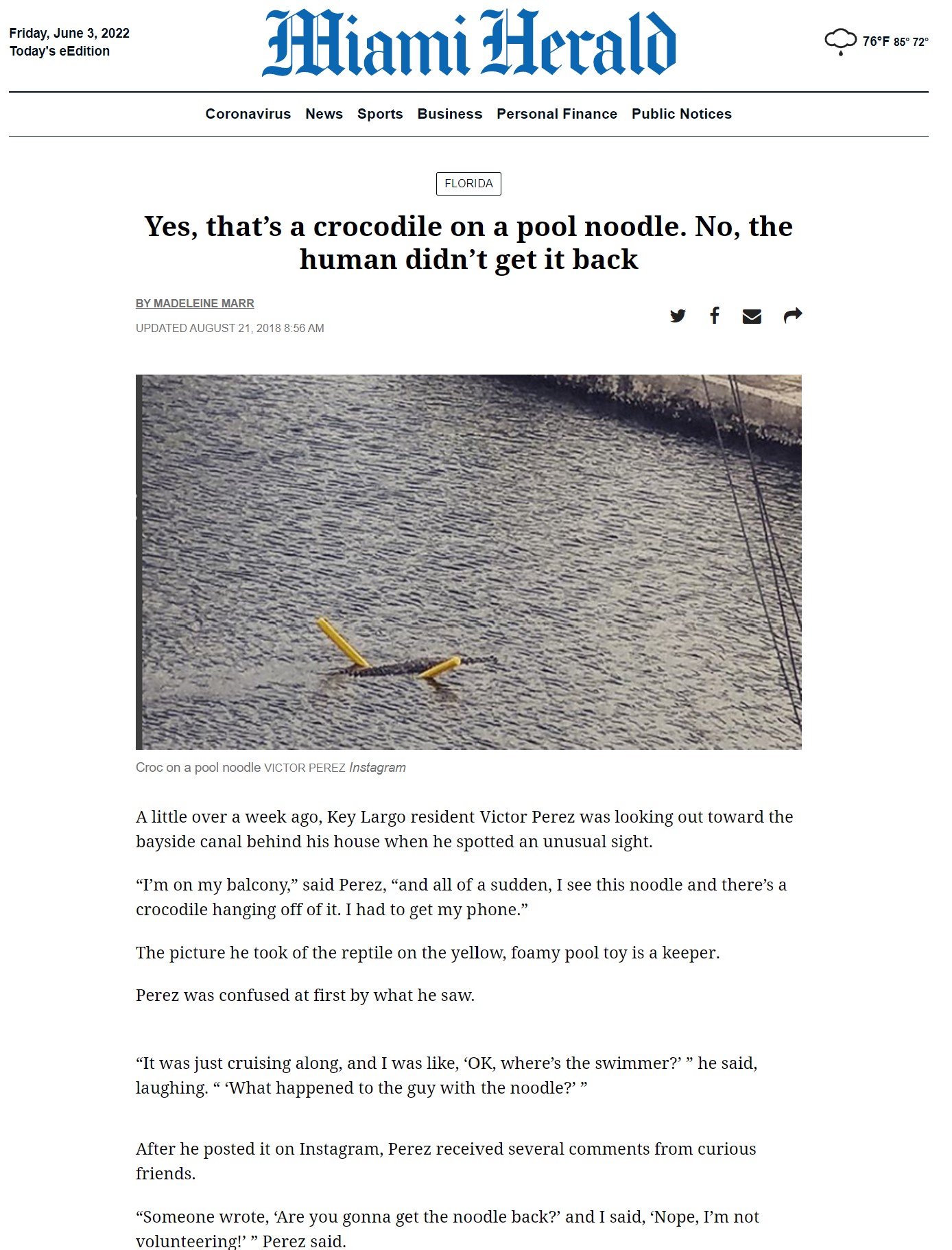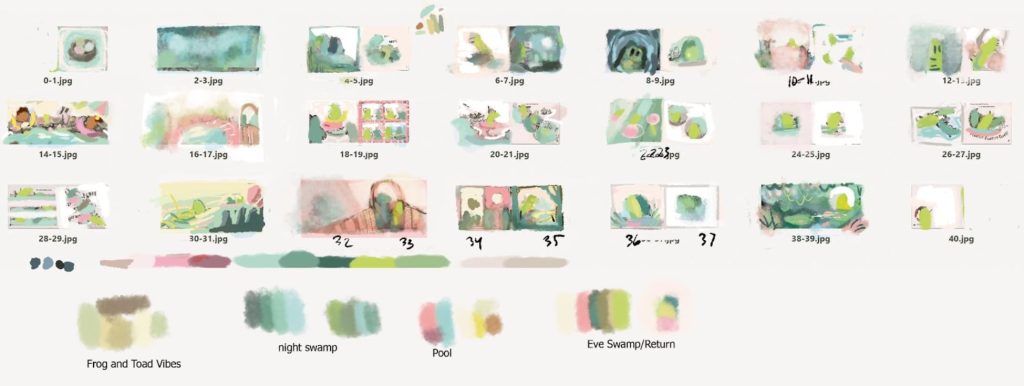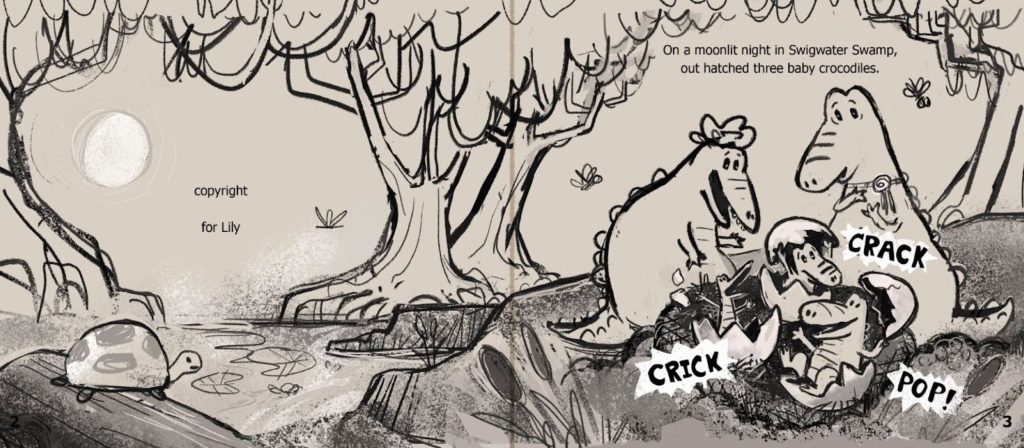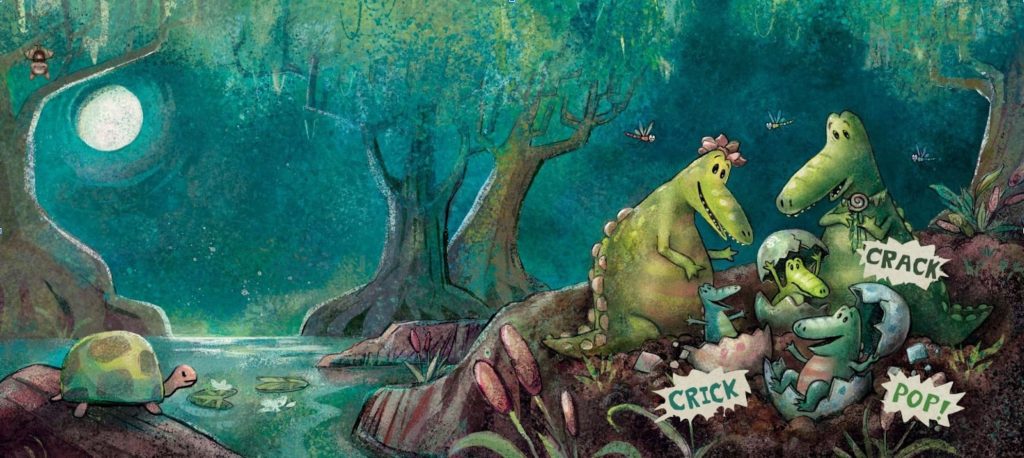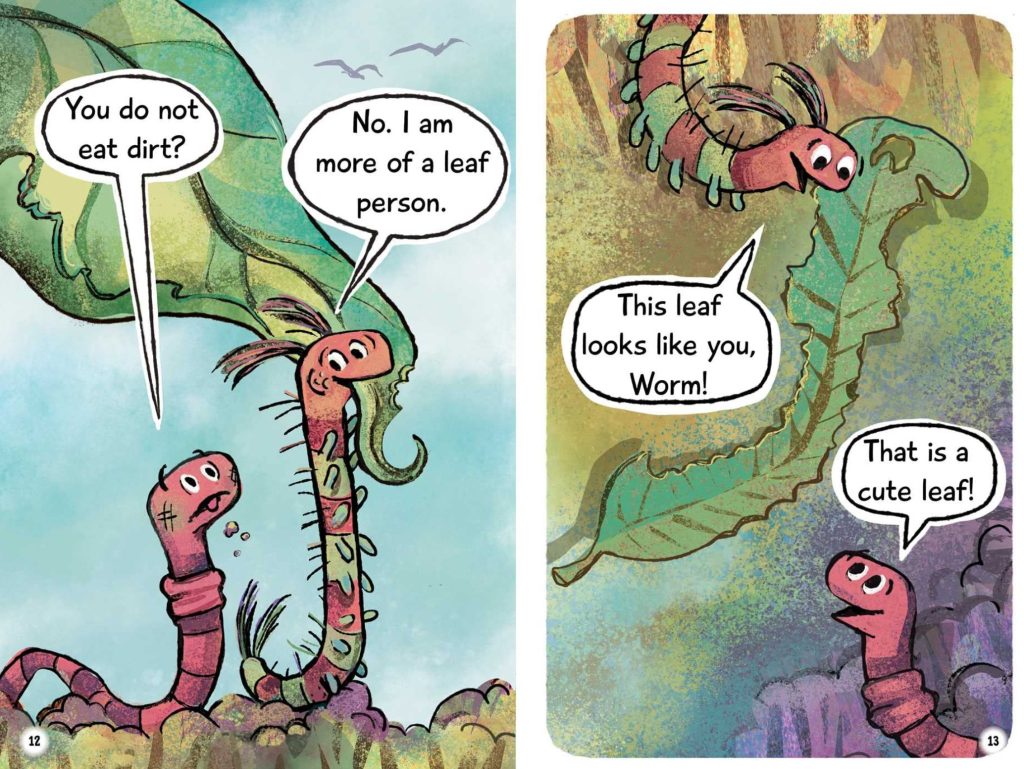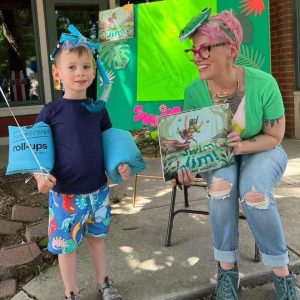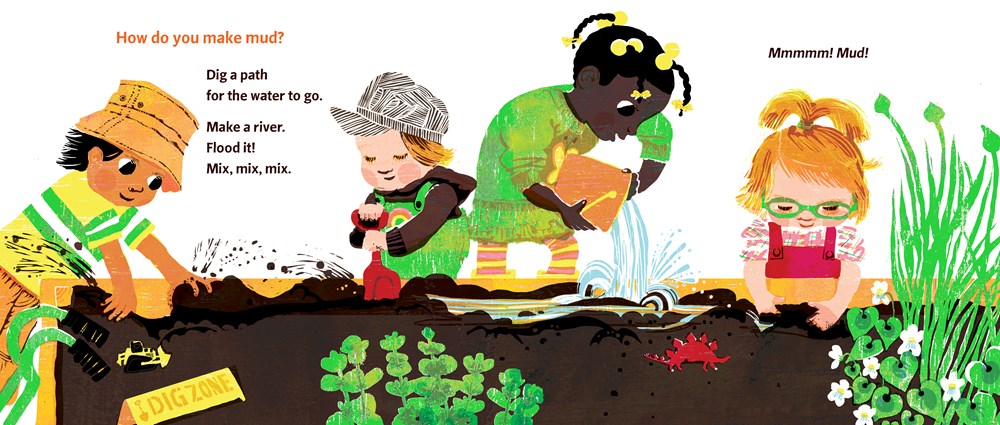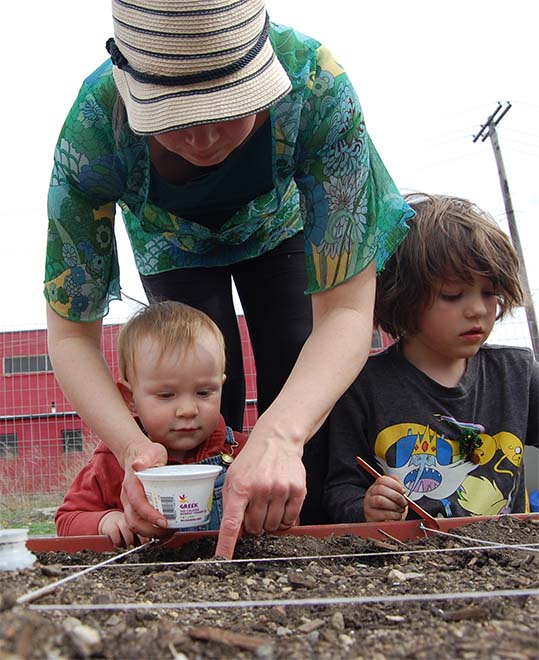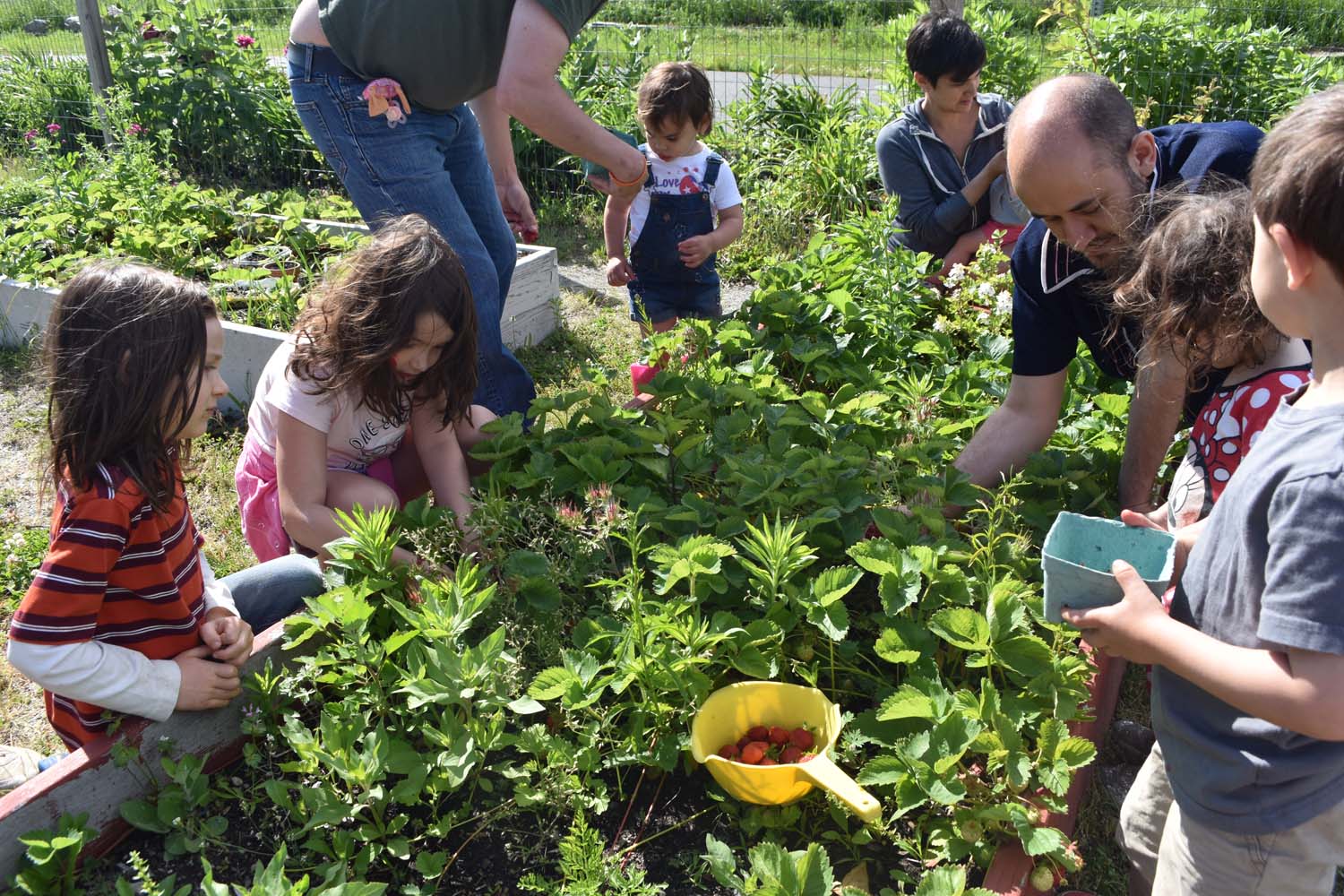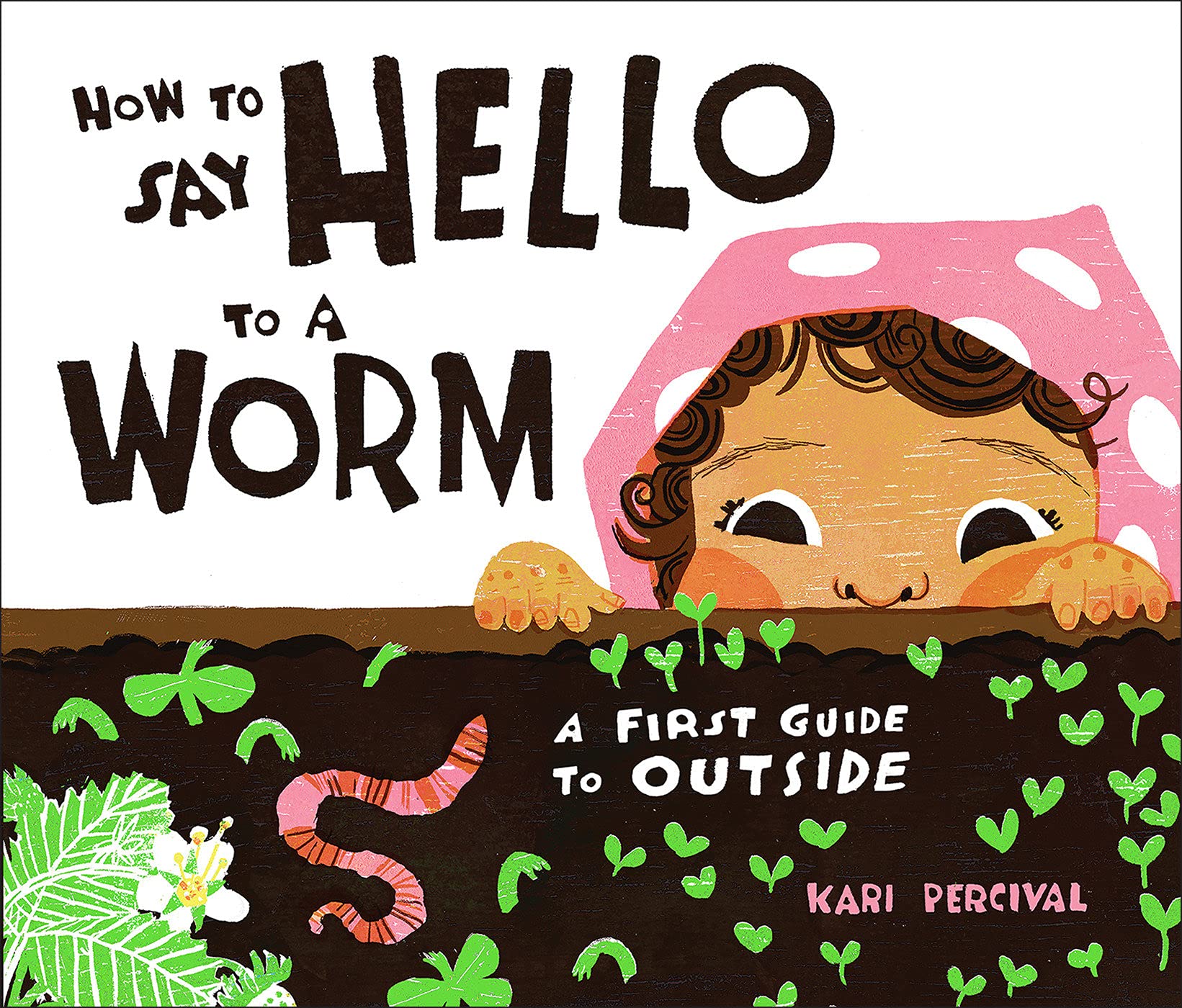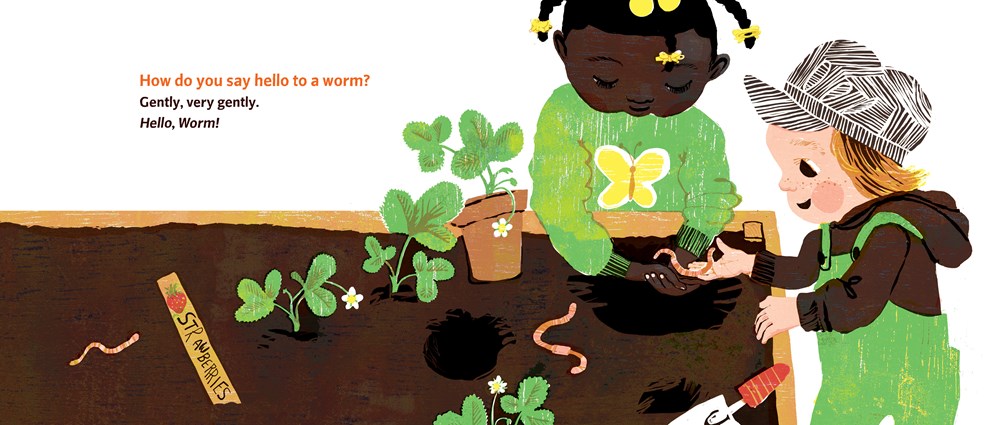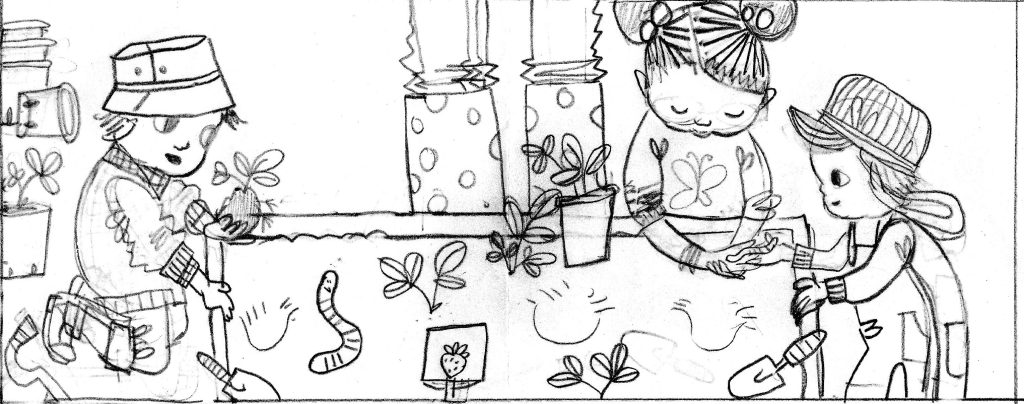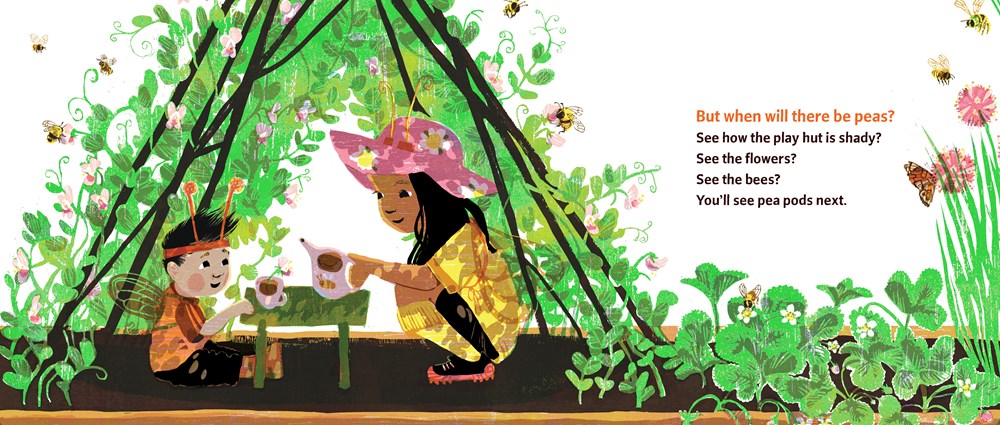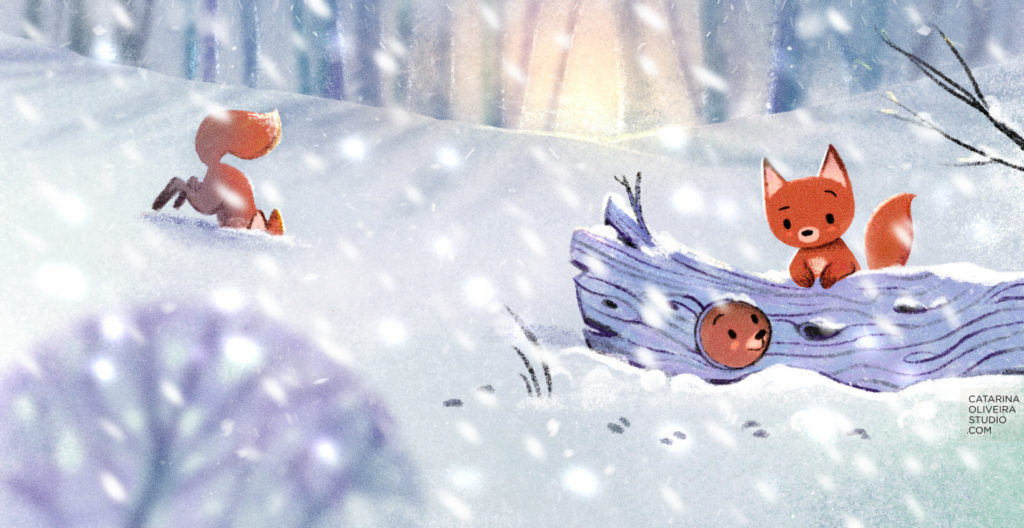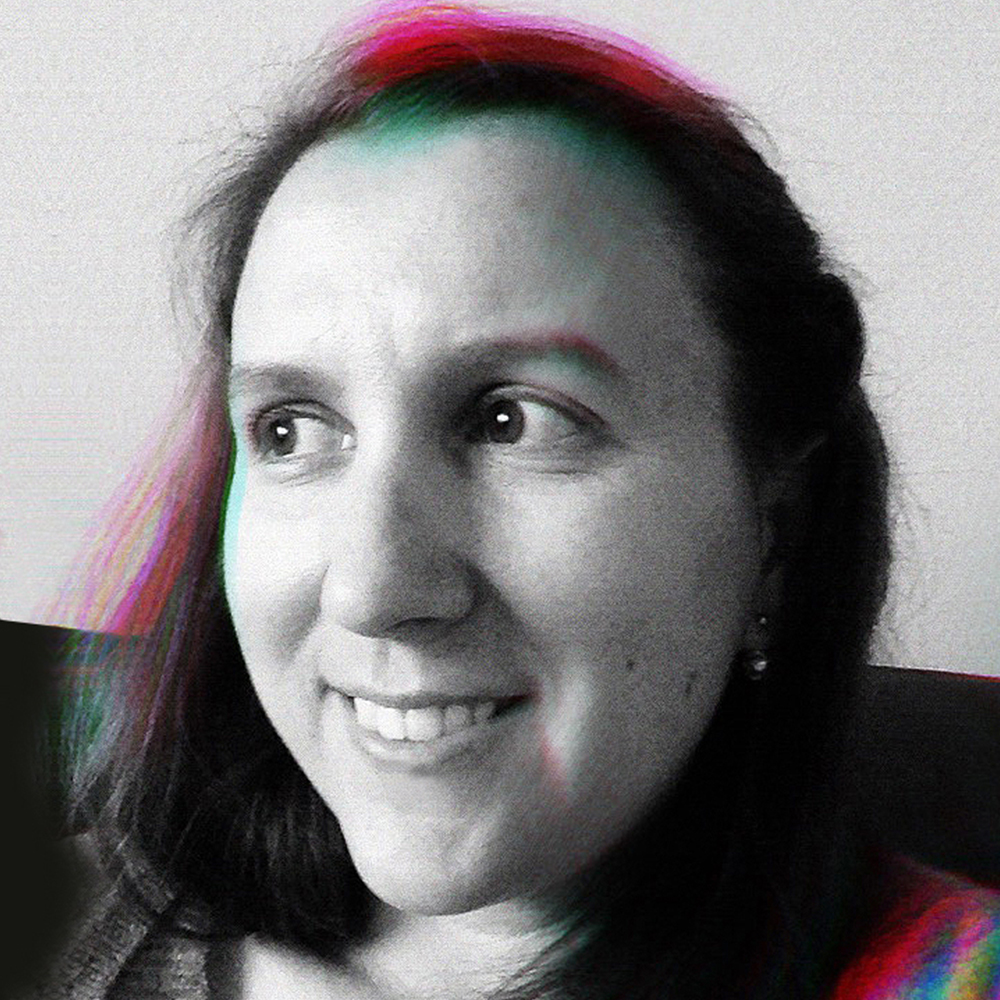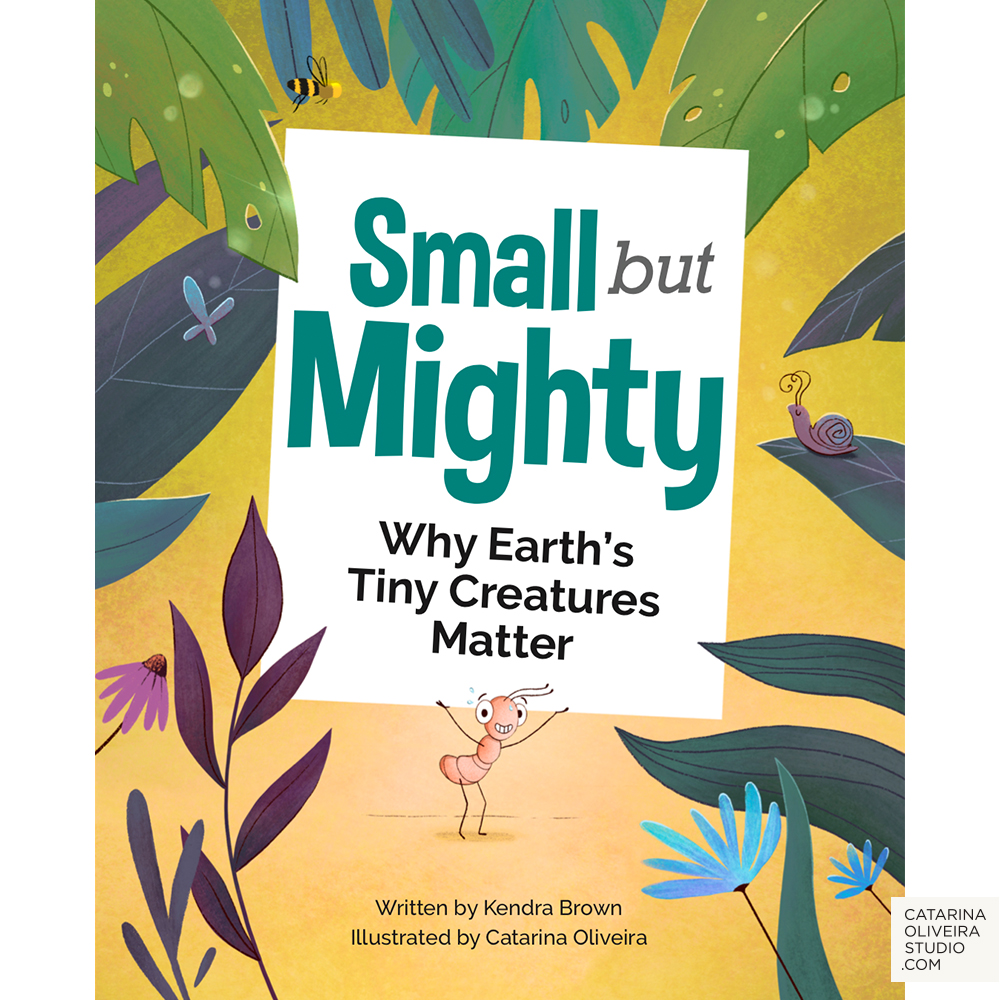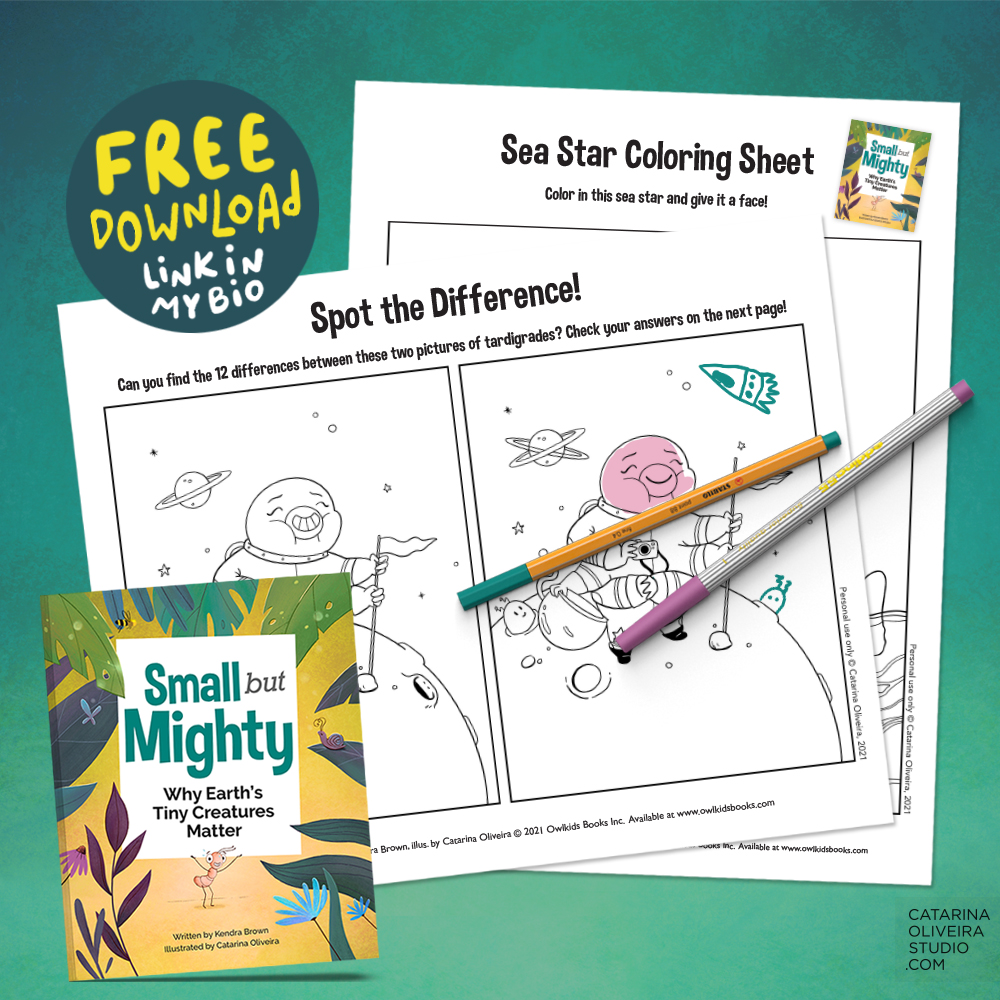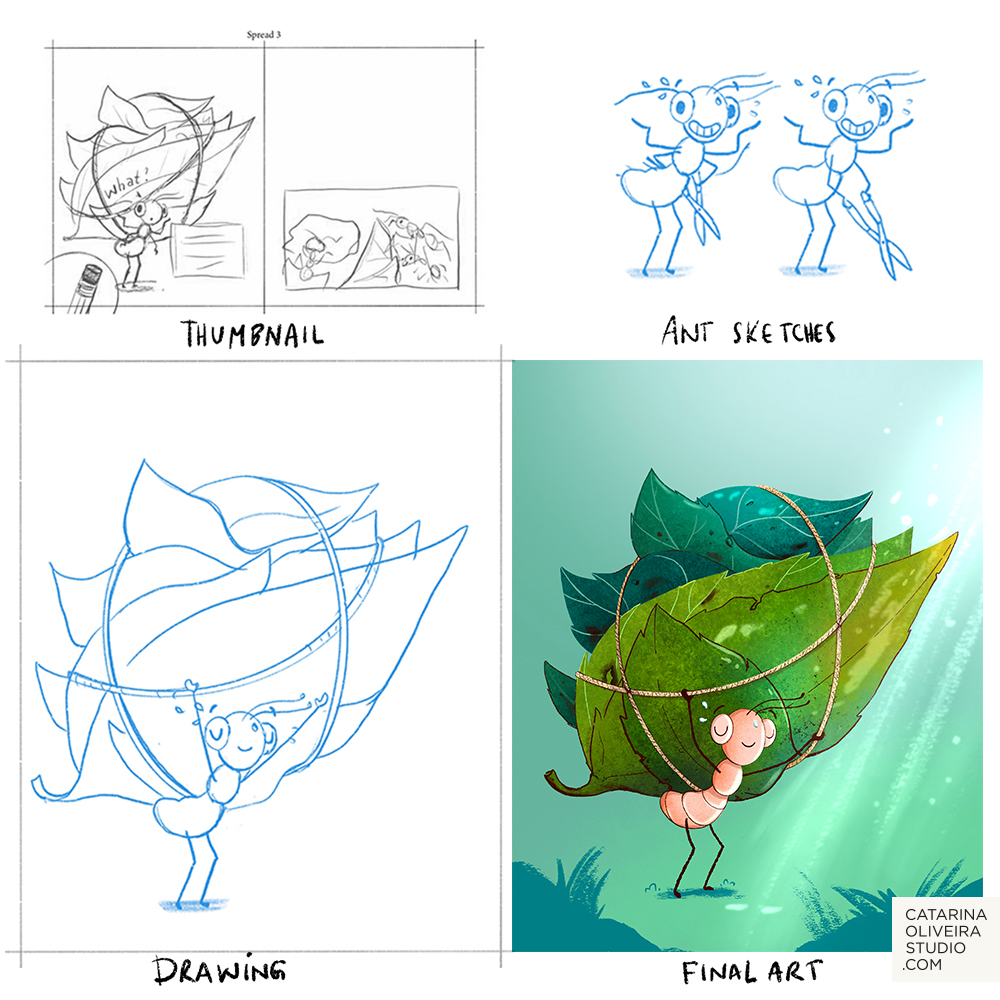KidLit Connection: Getting to Know Author-Illustrator, Denise Gallagher
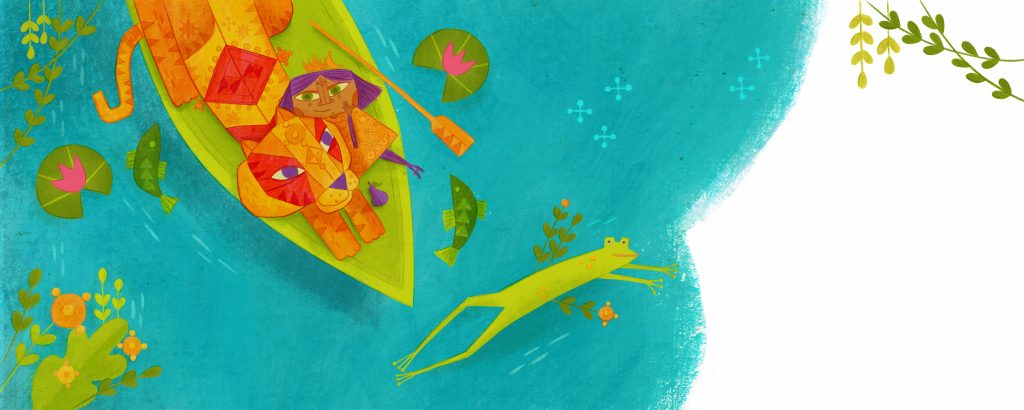
I’m so excited for another KidLit Connection interview! This month, I had the pleasure of interviewing illustrator, author, and designer Denise Gallagher. Denise creates colorful illustrations with a folkloric style that tell stories through imagination, animals, and nature. Her love for animals and folktales really shine in her latest picture book, Moonsong (Little Press, 2021), where a young girl named Fulki befriends a tiger in order to save her village’s moon. Denise’s illustration style is truly unique, inspired by rare and endangered animals, folklore and mythology, and the natural world around her.
Denise lives in Lafayette, Louisiana, where she finds much of her inspiration for her art. She’s also the Illustrator Coordinator for the Louisiana/Mississippi chapter of the Society of Children’s Book Writers and Illustrators. Her work has received numerous awards both for illustration and design. Denise hopes to inspire young readers and their grown-ups to find a love for art and literature through books and stories.
It was such a joy to hear from Denise. I hope you enjoy her insights and find inspiration in her words and her work.
An Interview with Denise Gallagher
First, I’d like to say thank you to Victoria for inviting me to be a part of her blog series. It’s an honor to share with you some of what I’ve learned along the way to becoming an author and illustrator of children’s books. So, thanks, Victoria!
Thanks, Denise! We’d love to know more about you as an artist and writer. What inspires you and your art and what do you love about your job as a KidLit illustrator and author?
I’ve always loved art and literature. From a young age I’d lose myself in picture books— imagining living in a little house illustrated by Garth Williams, or exploring the sorcerer’s castle as illustrated by Tomi Ungerer. Inspired, I’d while away afternoons drawing, drawing, drawing and writing as well. As an adult I hold the belief that picture books are a child’s first introduction to art and literature. The illustrations of Maurice Sendak, the stories of Kate DiCamillo — this is art! The type of art that inspires me to create. My heart is full knowing that I now am an author and illustrator of children’s literature and I hope that my stories and pictures resonate as art and inspire children and their parents as well.
How did you start working in children’s literature? What inspired you to pursue this type of work?
After graduating with a degree in art, which included creating a fictional children’s bookstore called Platypus Planet as my senior thesis, I went to work as an art director at an ad agency. After many years, I made the scary leap of starting my own business focusing on illustration. Part of my plan was to finally pursue my dream of illustrating for children. This meant getting serious about it. I joined the Society of Children’s Book Writers and Illustrators (SCBWI) and attended my first conference. I won the portfolio showcase and took this as a good sign. But while there I also realized that there was SO MUCH to learn about the business of writing and illustrating for children! I set about learning as much as I could. I joined a critique group. I gave myself illustration assignments. Then I decided to write my own picture book in order to practice the art of emotion, character and story in illustration.
Your latest book MOONSONG is a colorful story with a folktale feel. What inspired this story? Please tell us more about it!
“Moonsong” actually started as a practice picture book. My first draft was titled “Claire de Loup” and was about a girl and a wolf in the forest. After many critiques, queries and workshops, “Claire de Loup” became “Moonsong,” the story of a girl and a tiger in the jungle. I love folktales. The language and story twists fascinate me. So I set about writing my own. “Moonsong” tells the story of a little girl named Fulki — a little girl a bit like me. She does her chores and her schoolwork, but has a rebellious streak. She challenges the status quo. She befriends a tiger and shares with him the things that she loves. And in the end, her ability to see the best in everyone, upends the old traditions and helps restore her village’s moon.
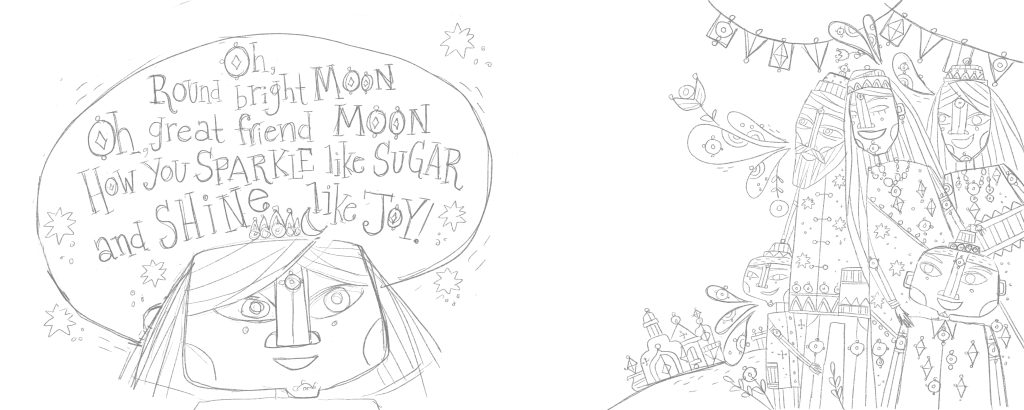
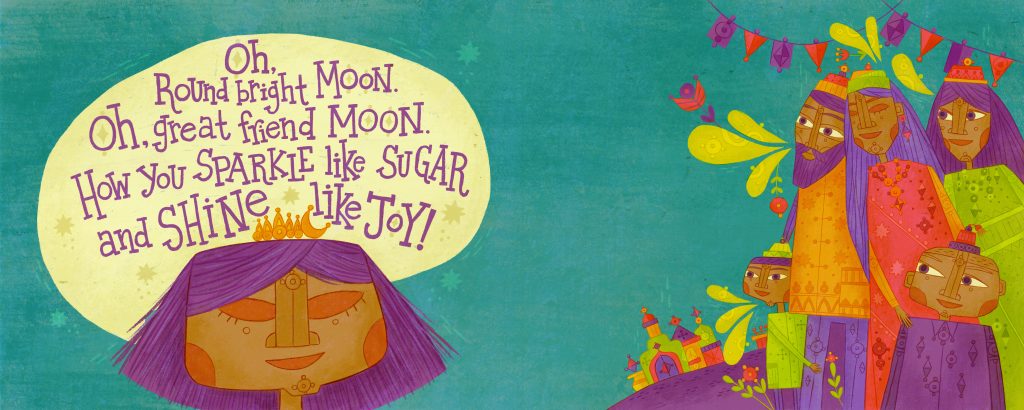
What was your favorite part about creating MOONSONG? In addition, what was one of your greatest challenges of the creation process?
My favorite part about creating “Moonsong” was also the greatest challenge. This was the lightbulb moment where I completely changed everything I’d already created and my manuscript became what it is now. I’d had little luck querying the story as “Claire de Loup.” I think the idea of a girl and a wolf in the woods just got lost in the shuffle. Then, I attended a workshop led by Leslie Helakoski, an author, illustrator and Highlights Foundation instructor. Leslie encouraged the workshop attendees to shake up our stale manuscripts and see them from a different point of view. I got right to work and reimagined my story. By imagining a new setting, revised characters and a bolder color palette, I got excited about my story all over again. I scrapped everything I’d done, rewrote the story and created fresh new illustrations. This time it worked and “Moonsong” became a published picture book!
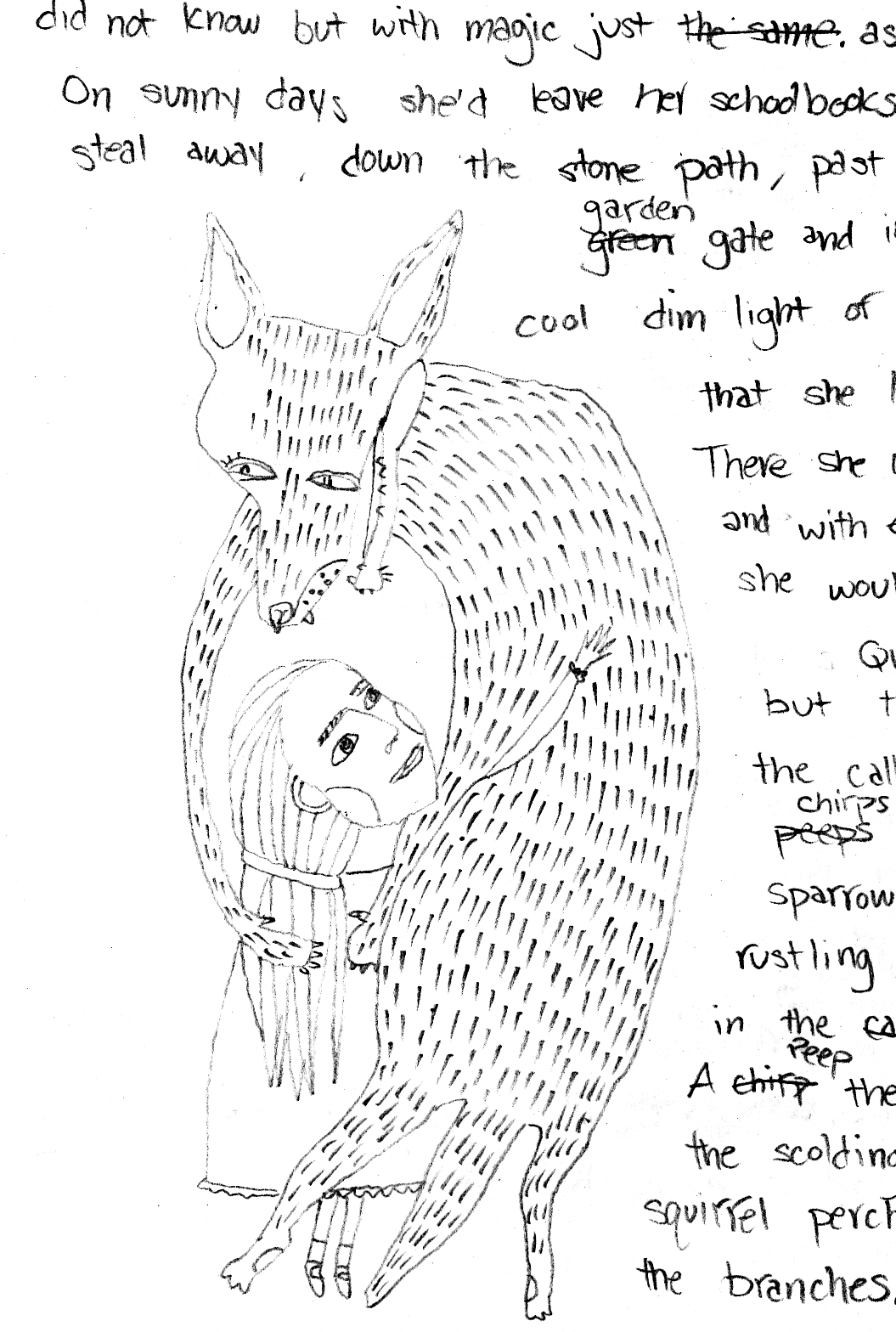
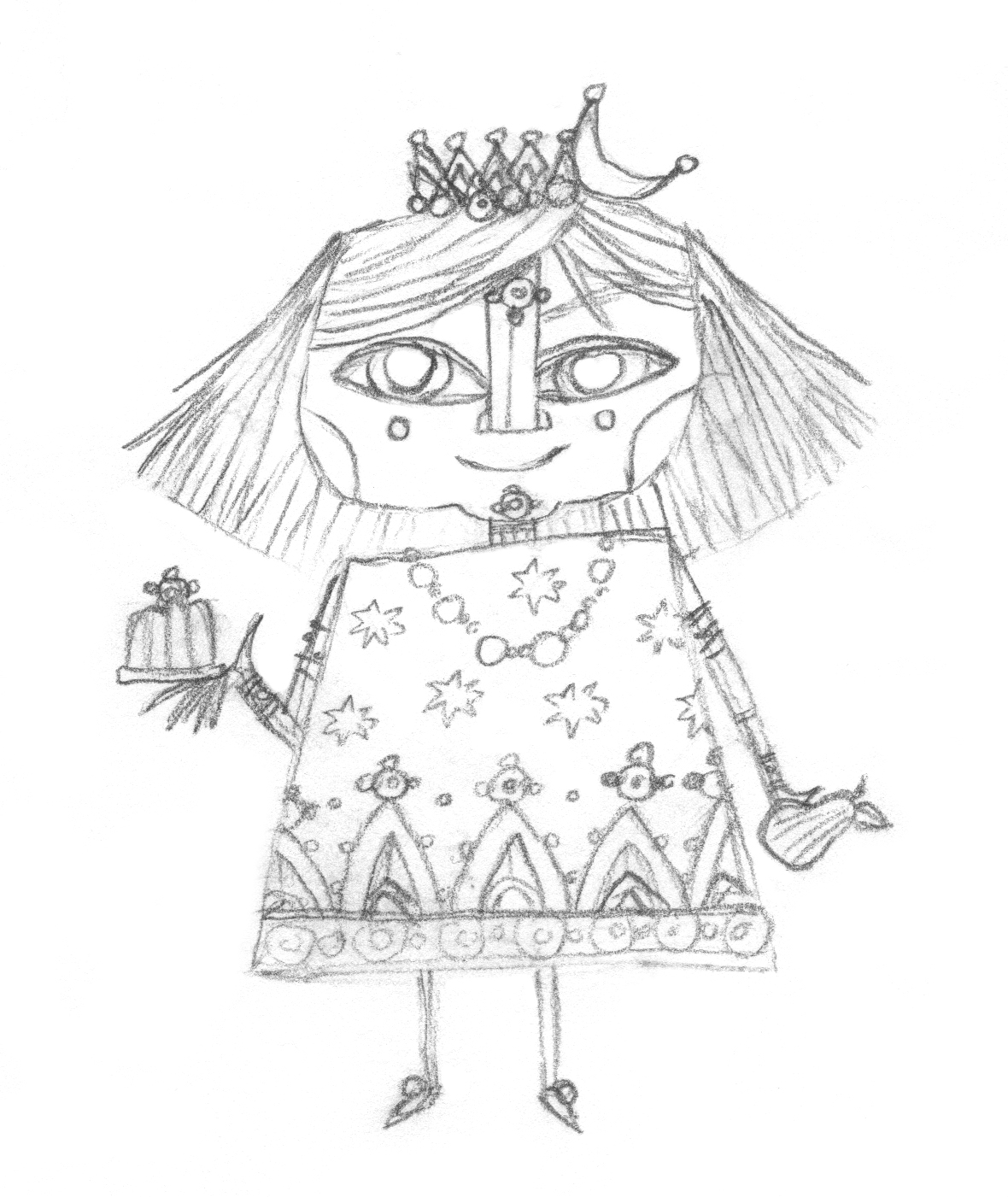
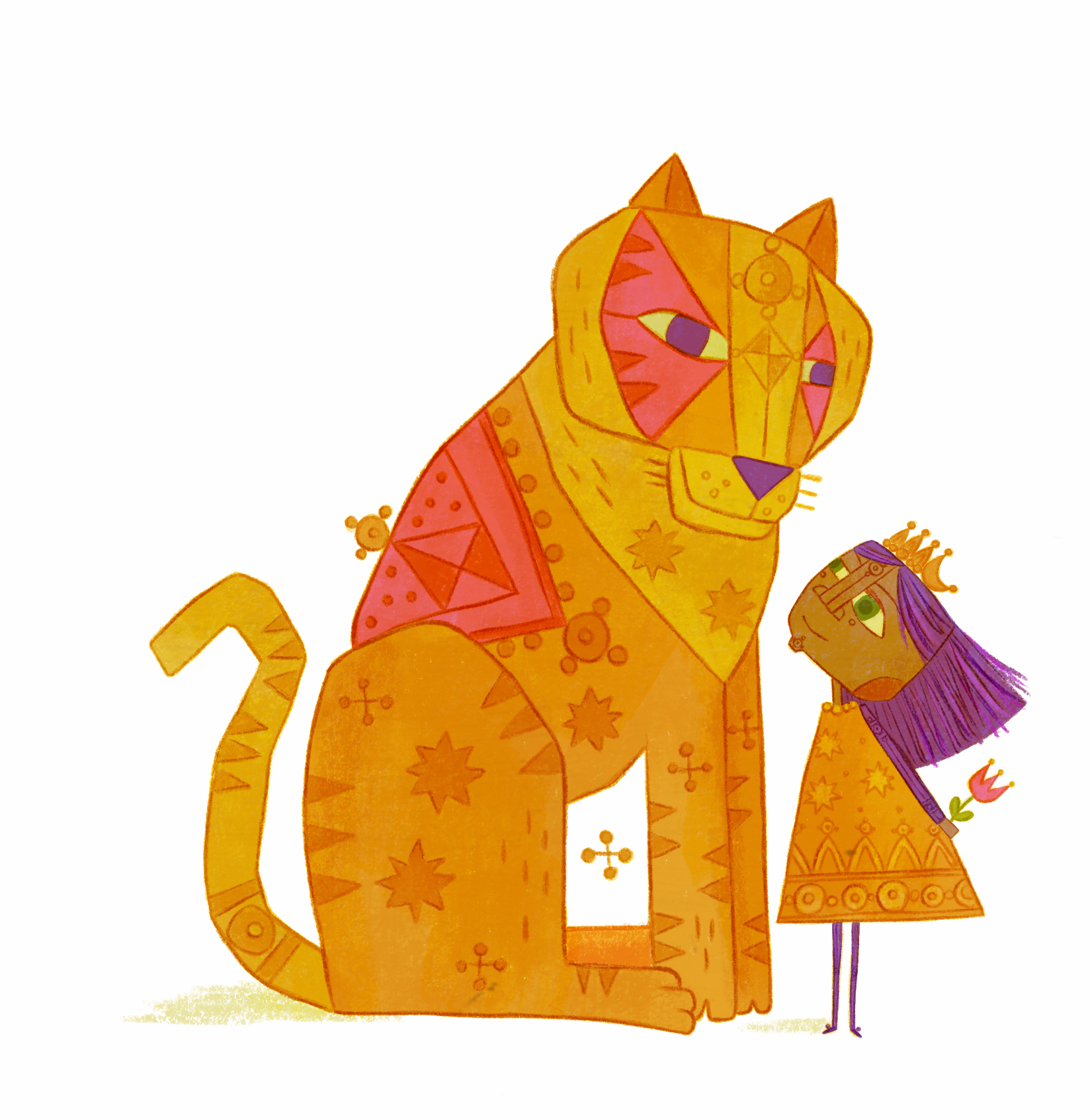
Could you tell us more about how nature plays into your work and what role it has in your stories?
I LOVE animals. I love stories about them, videos of them, pictures of them. I love discovering an animal I’d never heard of — the more unique the better. Some of my favorites are the pink fairy armadillo and the pangolin. (Look them up!) I’m also concerned about our planet and the welfare of animals. I’ve mourned the loss of the ivory billed woodpecker (which was last seen in my home of Louisiana), the Tasmanian tiger and others. I hint at these themes in my writing, hoping to help children to understand the world and their place in it. Animals also play a big role in folktales and folklore. To me, that’s a perfect blend of storytelling.
You’ve also done illustration for children’s magazines in addition to books. Can you tell us about the differences and similarities between illustrating for magazines versus books?
The illustrations I’ve created for magazines have been to accompany short retellings of folktales. These typically include a large introductory illustration and a two or three smaller illustrations. I love the challenge of telling a complete story with just a few images. I also love researching the origins of the stories in order to include accurate details in my illustrations. These projects also tend to happen more quickly, so it’s fun to be able to share them with my audience. The publication of a book is a much longer process. It takes over a year at least and I’m really bad at keeping secrets!
You also have some other projects in the works. We’d love to hear about them! Could you tell us more about what you’re working on?
As an illustrator, I also create magazine covers, festival posters and packaging. These are all fun projects that keep me busy in between books and allow me to work in different illustrative and graphic design styles. I am also currently querying a partially-illustrated middle grade novel. I never dreamed that I’d write a novel. But after finishing “Moonsong” I had an idea for a story that just demanded to be longer! I was inspired to write by my son who is a violinist. The manuscript is complete and I’m working on some color images and spot illustrations. I’m really happy about the story and I simply cannot wait for you all to read it!
What is your biggest dream for your work as a creator of art and stories for kids?
Maurice Sendak, one of the children’s artists that I most admire, worked in musical theater. My biggest dream is to also one day see one of my stories adapted as a musical theater production. I’m inspired by music and it plays a large part in my work. Both of my picture books use alliteration, onomatopoeia, and whimsical language to tell different musical stories. My novel is a magical tale about a young violinist in search of the truth about his past. Music fills me with so much emotion that to see one of my works musically grow beyond the page would be a dream come true.
What is something you’d like to tell aspiring picture book authors/illustrators?
One thing that is important for aspiring picture book authors and illustrators to realize is that getting a picture book published is NOT easy. It can be rewarding and exciting, but there is a LOT of work that goes into it and the process can take a long time. I’d recommend for anyone just starting out to do your homework. Join SCBWI and go to conferences. There are often local events for authors and illustrators that non-members can attend. Find and attend a critique group. Listen to what the group participants say about other work as well as your own. Follow authors, agents and publishers on social media, especially those whose work you admire. Social media is a great place to hear about the ins and outs of publishing. Publishing is a business, though, so be professional. Read. Read. Read! Especially current picture books. Spend a day at the library and take note of what grabs your attention. But most of all, put in the hard work. Take it slowly and don’t be afraid to fail, then get up and start fresh. Publishing really is a learning process and there is a lot to learn! Good luck on your journey!
See more from Denise Gallagher
You can see more from Denise Gallagher by visiting her website and social media pages:
Are you a published or soon-to-be published children’s illustrator or author/illustrator who’s interested in being interviewed as part of the KidLit Connection series? If your work has a focus on nature, the environment, animals, or mindfulness, I’d love to chat with you! You can get in touch with me using the contact form on my site.

